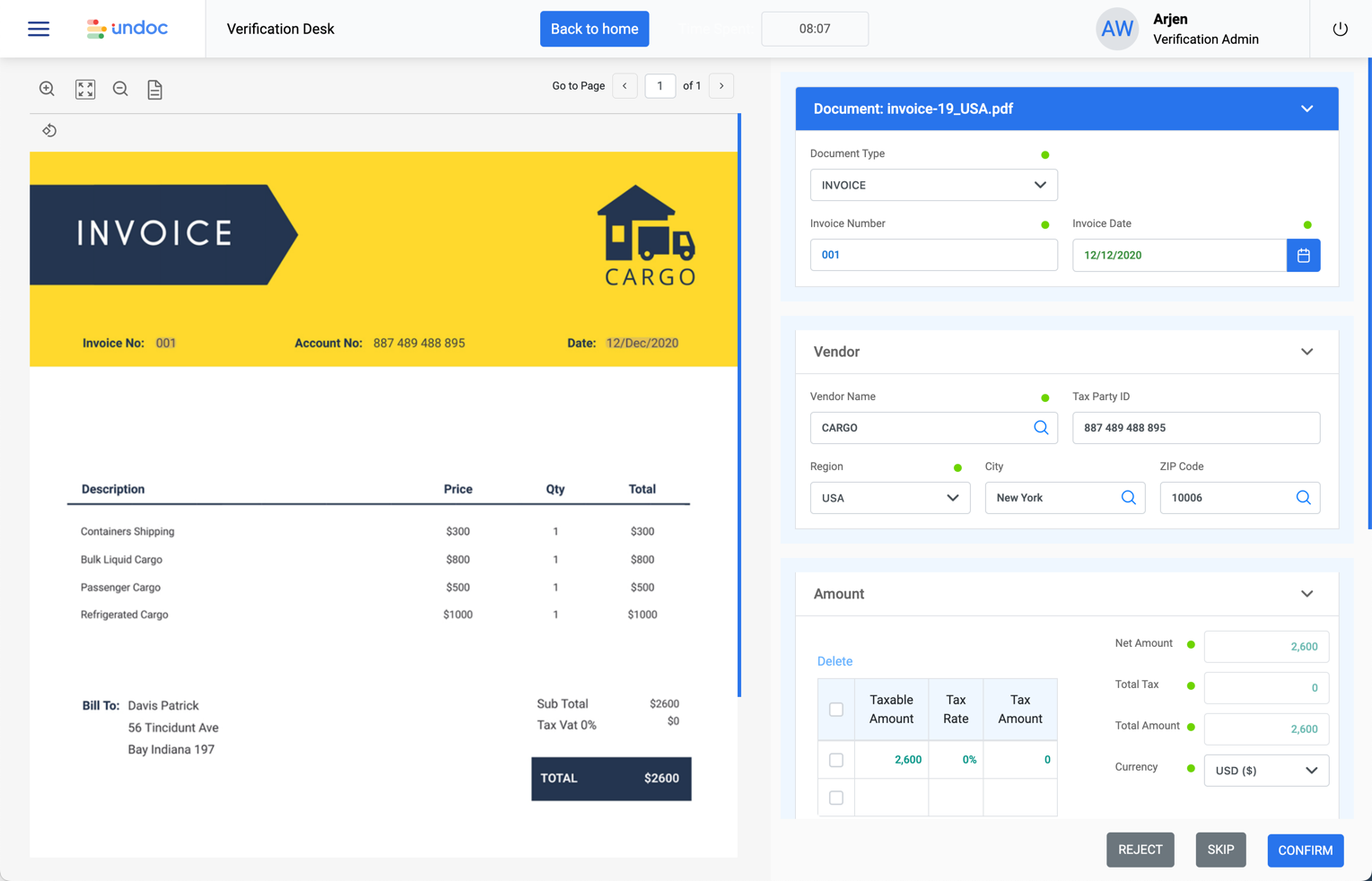We continue the story of Sara Harper, CIO of UrbanBox Living, and her project manager, Matt, in their journey to modernize the UrbanBox business application landscape.
The UrbanBox Board of Directors has expressed skepticism towards Sara’s proposed strategy, which involves reverting the legacy ERP system to a vanilla state and disregarding the vendor’s recommendation to migrate to the latest cloud version. While Sara is still engaged in discussions with the board to gain their approval, she decides to take on a Business Transformation task as a first step to showcase the potential of the composable architecture approach. This initiative will proceed independently of the decision regarding the migration to the cloud version of the core ERP system.
Problem: Sara instructs Matt to dive deep into the complexities of processing 2,500 to 3,000 supplier invoices monthly within the legacy system. The challenge is eliminating custom screens, tables, and functions returning the existing system to a vanilla state. Furthermore, they need to address the absence of certain functionalities in the cloud version of the vendor’s ERP system. Instead of replicating these aspects, they must recreate them as composable architecture components in the Systems of Innovation layer.

Automating the invoice processing will also eliminate the need and cost of the third-party service that handles their invoice entry. Matt enlists the expertise of Priyanka, the tech-savvy business analyst in Sara’s team, to join him on an expedition to investigate innovative solutions.
Guide: Drawing from her experience, Priyanka suggests leveraging the Machine Learning and Artificial Intelligence capabilities of the Google Cloud technology ecosystem. She recommends that Matt explore the Google Cloud Partner network to find an off-the-shelf solution for digitizing paper documents with the precision of AI. To ensure maximum efficiency, they look for a solution to seamlessly integrate the extracted invoice data into the UrbanBox ERP system via APIs, following the Mesh Application and Service Architecture (MASA) principle.
Plan: Their quest brings them to Vanenburg, a trusted Premier Google Cloud Partner. Matt and Priyanka are introduced to Rappit UnDoc, a solution created by Vanenburg based on their extensive experience with Google’s technology stack. Rappit UnDoc harnesses the power of Google’s Document AI solution, allowing it to monitor a designated cloud folder for scanned documents in JPG, PNG, and PDF formats or accept manual document uploads

Through iterative submissions with optional manual corrections, Rappit UnDoc learns to decipher intricate layouts and capture distinct data elements. After demonstrating Rappit UnDoc’s capabilities to Sara, Matt creates a project plan spanning 3 months with a cost estimate. Following a summary presentation of the potential savings and benefits to the board, Sara obtains their approval to move forward.

Call to Action: Matt assigns Priyanka the task of mapping out and documenting a new process for invoice processing at UrbanBox. Rob, an experienced in-house developer, is responsible for integrating verified invoice data captured by Rappit UnDoc into the ERP system through its published APIs. A pilot phase confirms the potential of Rappit UnDoc, revealing its efficiency and cost savings compared to expensive external document processing services.
Transformation: Empowered by the positive results from the pilot phase, Sara forges ahead and discontinues the costly third-party invoice processing solution. Instead, an intern uploads invoices for processing by Rappit UnDoc to a designated cloud folder. The need for previous complex customizations to import CSV files becomes obsolete with direct data integration into the ERP system via standard APIs. The transformation of expensive customizations and third-party services into a flexible, cost-effective, and self-managed cloud solution is a resounding success.


Outcome: Sara and her team achieve the initial step towards restoring the UrbanBox legacy system to a vanilla state, thereby increasing the ROI on their ERP investment. By eliminating the third-party invoice processing service, they achieve a cost reduction of $10 per invoice, encompassing hosting and subscription costs for Rappit UnDoc, resulting in net savings of up to $15,000 per month.
By implementing the Invoice processing functionality as a separate but
integrated composable architecture component in the Systems of Innovation layer, Sara not only reaps the benefits of returning the legacy system to a vanilla state but also reduces costs and secures the long-term viability of the solution.

After sharing the results with the board, Sara gets the green light to skip the move to the cloud version of the ERP system and continue with her modernization journey.
In the next installment of this blog series, we will explore Sara’s approach to eliminating an ERP customization for external Service Technicians. Will she find a cost-effective alternative, and will her strategy be successful? Stay tuned for the next chapter in Sara’s journey.



